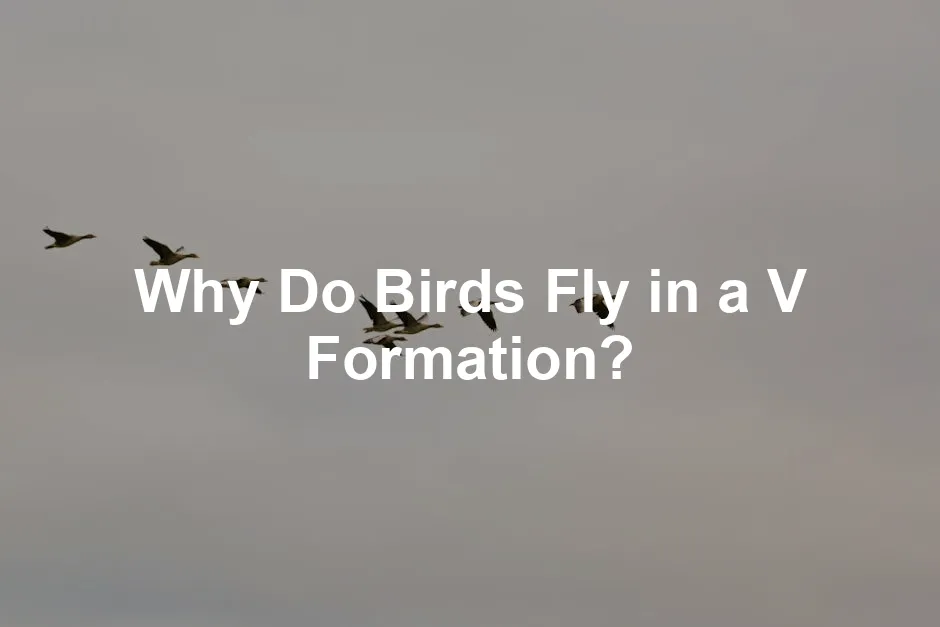
Why Do Birds Fly in a V Formation?
Introduction
Have you ever looked up to see a flock of birds gracefully flying in a V formation? This iconic sight often captures our attention, especially when it’s a gaggle of geese honking their way through the sky. Birds like geese, swans, and pelicans are the stars of this aerial spectacle. Their choice to fly in a V shape isn’t just for show; it’s a fascinating behavior that serves vital purposes during migration.
Migration is a critical survival strategy for many birds. They embark on long journeys in search of food, better weather, and ideal breeding grounds. The V formation is not just a quirk of nature; it offers profound benefits that make these journeys easier. The intricacies of this formation have fascinated scientists and bird watchers alike, leading to numerous studies exploring its advantages. Buckle up, as we unveil the science behind this avian phenomenon and why it matters!
If you’re eager to enhance your birdwatching experience, why not invest in a pair of Bird Watching Binoculars? They’ll help you get up close and personal with those magnificent migrations!
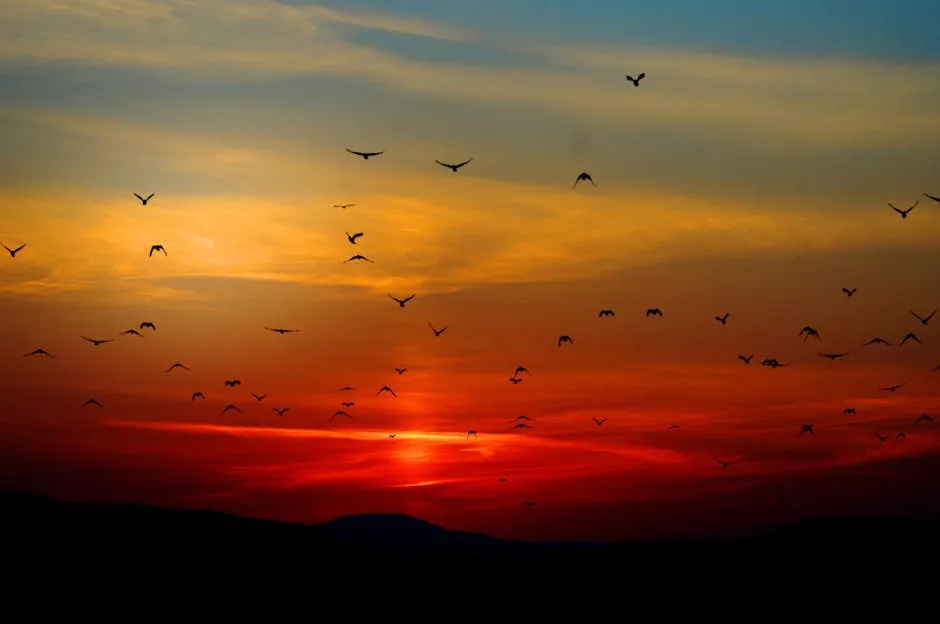
The Science Behind V Formation
Aerodynamics Explained
Flying in a V formation isn’t just about looking cool; it’s a masterclass in aerodynamics. When a bird flaps its wings, it creates a swirling vortex of air. This phenomenon leads to two distinct air currents: downwash and upwash. The lead bird generates an updraft, allowing the following birds to glide more effortlessly. It’s like catching a free ride on the wind!
This formation allows birds to save energy—impressive energy savings of 20-30%, as studies show. A 1970 study found that when birds fly in a formation of 25, they can increase their travel range by up to 71%. Talk about efficiency! In 2001, a study by Henri Weimerskirch revealed that pelicans flying alone flapped their wings more often and had higher heart rates than those gliding in formation. The upwash created by the lead bird significantly reduces the energy cost for those behind, making long flights feel less like a marathon.
Birds take turns leading, which helps distribute the fatigue among them. This rotation is not just a fun fact; it’s a survival tactic. When the leader gets tired, it falls back, allowing another bird to take the front. This teamwork ensures that the flock can travel further without overly exhausting any single member.
So, the next time you see a V formation, remember—it’s a remarkable combination of nature’s aerodynamic principles and a clever strategy for energy conservation. Birds are not just flying; they are optimizing their journey with every flap of their wings!
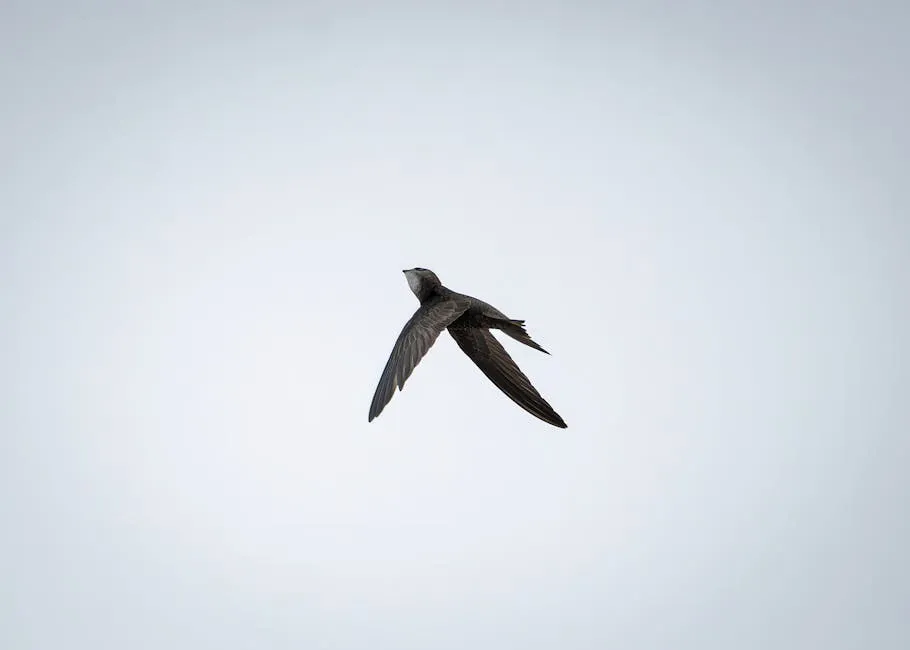
To document your birdwatching adventures, consider getting a Nature Journal—it’s a great way to keep track of your sightings and thoughts during your outdoor escapades!
Visual Tracking and Communication
Birds flying in a V formation are not just showing off their aerial artistry. This iconic shape significantly boosts visual communication among the flock. Imagine trying to find your friends in a crowded concert—it’s tough, right? Now, picture birds flying in a V, where every bird can easily spot its buddies. This formation provides an unobstructed line of sight, making it easier for them to keep tabs on one another.
In long migrations, coordination is crucial. Birds need to adapt to changing conditions, like wind or weather. The V shape allows for quick visual cues. If one bird shifts slightly, the others can respond immediately, ensuring the flock stays together. It’s like a well-rehearsed dance, where everyone knows their steps. This visual assurance helps prevent confusion and keeps the group synchronized, fostering unity during those exhausting journeys.

The Benefits of V Formation
Energy Conservation
Flying in a V formation isn’t just a pretty sight; it’s a smart move for energy conservation. When birds flap their wings, they generate upwash—the magical air that lifts those flying behind them. Research shows that birds can save 20-30% of their energy by utilizing this technique. A 1970 study revealed that when a flock of 25 birds flies together, they can extend their range by up to 71%. Talk about mileage!
But how do they share the workload? The lead bird does the heavy lifting, but it can’t last forever. When it gets tired, it drops back, and another bird takes the helm. This rotation ensures no single bird becomes overly fatigued. It’s like a relay race, where each participant takes their turn running at full speed.
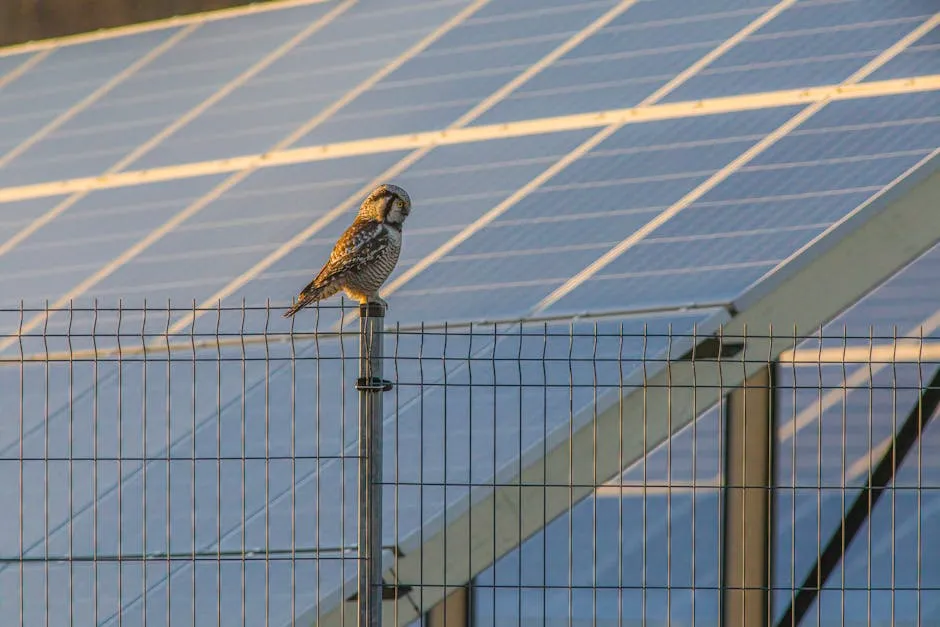
Enhance your backyard experience with a Bird Feeder. It’s a delightful way to attract feathered friends and observe their unique behaviors right from your window!
Enhanced Navigation and Safety
The V formation also enhances navigation and safety for birds during their travels. With everyone aligned, it’s easier to maintain orientation. Birds can keep track of their position relative to the flock. This awareness reduces the risk of getting lost or separated.
Moreover, flying in a V offers safety advantages. Birds can avoid collisions more effectively. The formation allows each bird to gauge the distance and speed of its neighbors, minimizing the chances of mid-air mishaps. It’s a clever way to ensure that each member of the flock can focus on the journey ahead without worrying about bumping into a buddy.
In summary, the V formation isn’t just for aesthetics; it’s a clever blend of energy efficiency and safety, ensuring that migratory birds can travel long distances with grace and ease. Next time you see that iconic formation, remember: it’s a finely-tuned strategy that combines communication, energy saving, and safety into one powerful package.
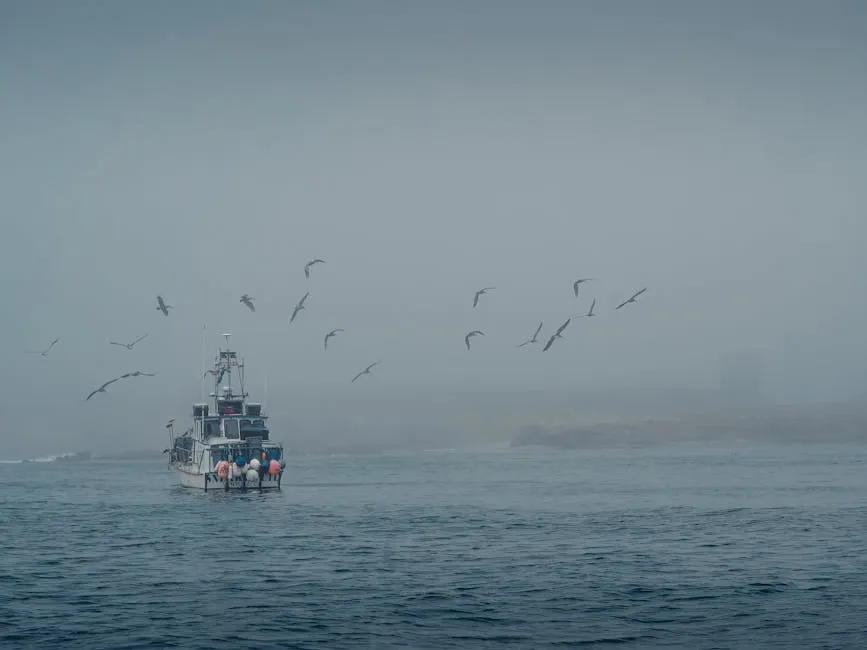
Birds That Utilize V Formation
List of Species
When it comes to flying in a V formation, some birds have mastered this art. The most notable among them are:
- Geese: These loud and social birds are the poster children of V formation flying. Their impressive honking adds to the spectacle while they save energy during long migrations.
- Swans: Elegance on water and in the air, swans also utilize the V formation. They embody grace as they glide through the skies.
- Cranes: Known for their striking appearance and impressive migrations, cranes adopt the V formation to enhance their flight efficiency.
- Pelicans: These large birds take to the skies in V formation as they travel over long distances, benefiting from the updraft created by their companions.
- Gulls: Often overlooked, gulls can also be spotted flying in V formation, especially during migrations along coastal routes.
- Cormorants: These fishing experts favor the V shape during their flights. It helps them conserve energy while looking for their next meal.
- Ibis: With their long legs and curved bills, ibises take to the sky in V formation when migrating, adding a unique flair to this aerial display.
- Ducks: Various species of ducks utilize the V formation, especially during seasonal migrations, benefiting from the aerodynamic advantages.
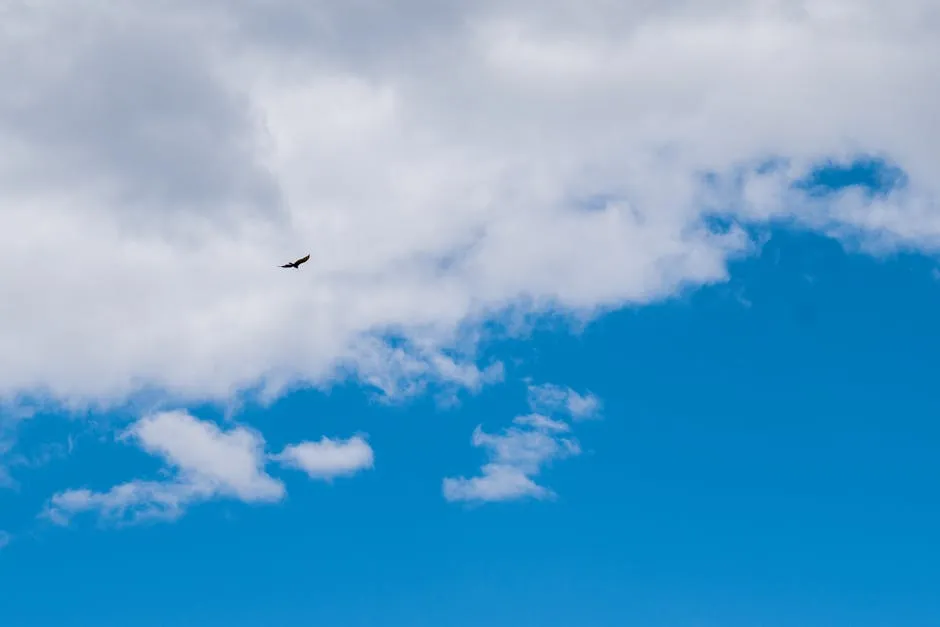
These birds exhibit a fascinating range of behaviors while flying in formation, each uniquely adapted to their environment.
Want to dive deeper into the world of birds? Consider picking up a National Geographic Birds Field Guide for an enriching experience while birdwatching!
Behavioral Insights
Different species exhibit remarkable variations in their V formation behaviors. For instance, geese are known for their loud communication, encouraging the leader while maintaining cohesion. Swans, on the other hand, often fly in tighter formations, demonstrating their strong social bonds.
Environmental factors can significantly influence these patterns. In regions with strong winds, birds may adjust their positions within the V to maximize energy efficiency. For instance, during turbulent weather, you might notice birds shifting positions more frequently to dodge downwash.
Additionally, the size of the flock can affect how the V is formed. Smaller groups might fly more closely together, while larger flocks may spread out to improve visibility and communication. This adaptability showcases not only their intelligence but also their ability to work together as a cohesive unit. Understanding these dynamics offers valuable insights into how birds optimize their flight for survival.

Lessons from Birds: Leadership and Teamwork
Leadership Rotation
Birds flying in a V formation exhibit a fascinating approach to leadership. The lead bird takes the front position, bravely cutting through the air. However, this role is not permanent. Once it tires, it gracefully drops back, allowing another bird to take the lead.
This rotation plays a critical role in energy conservation for the entire flock. The leader may expend more energy, but by taking turns, they can maintain a longer journey without exhausting any single member. This teamwork is akin to a well-choreographed relay race, where everyone takes their turn at the front.
Additionally, decision-making in formation flying is instinctive. Birds respond to the conditions around them, adjusting their positions based on air currents and fatigue levels. This dynamic leadership structure ensures that all members of the flock contribute to the collective success of the journey. It’s a brilliant example of how nature fosters collaboration, reminding us that effective teamwork often hinges on shared responsibility.
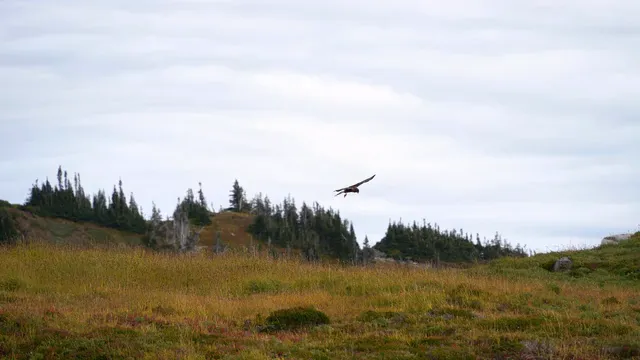
To enhance your birdwatching experience, consider investing in a set of Bird Identification Cards. They can help you identify various species on your next outing!
Insights for Humans
Observing birds in flight offers valuable lessons for human leadership and teamwork. Just like birds, effective leaders must know when to step back and allow others to take charge. This adaptability ensures that the group remains efficient and cohesive, highlighting the importance of collaboration in achieving shared goals. By embracing these principles, we can learn to navigate our own challenges with the same grace and efficiency as our feathered friends.

Applications Beyond Nature
Military and Aviation
The principles of V formation flying have made their way into military and commercial aviation. Pilots have long recognized the aerodynamic advantages that come from flying in tight formations. This technique not only improves fuel efficiency but also enhances maneuverability during flight operations.
For instance, the military employs a formation known as the “Vic.” This arrangement allows multiple aircraft to benefit from the updraft created by the lead plane. As a result, the following planes experience reduced drag, which translates to lower fuel consumption.
NASA has taken this concept even further with its Autonomous Formation Flight program. This initiative explores how aircraft can fly in formation, similar to birds. By coordinating their positions, these planes can save fuel and extend their operational range.
Airbus has also jumped on board with its fello’fly project. This innovative venture aims to optimize commercial flights by having two aircraft fly in a V formation. Initial test flights have indicated potential fuel savings of 5-10% for the trailing aircraft. Imagine the possibilities! With more airlines adopting these strategies, we could see a significant reduction in aviation’s carbon footprint.

Environmental Implications
Bird formations offer more than just aerodynamic advantages—they also hold potential for energy conservation in aviation. By mimicking the natural V shape, aircraft can significantly reduce fuel consumption during flights. This approach not only benefits the airlines’ bottom line but also contributes to environmental sustainability.
As climate change continues to pose challenges, every little bit counts. If commercial planes can decrease their fuel usage by even a fraction, it could lead to substantial reductions in greenhouse gas emissions.
Moreover, these advancements in flying techniques could inspire future innovations in aircraft design. Just as birds have evolved to optimize their migratory journeys, engineers can learn from these natural efficiencies to create greener aviation technologies. In a world where sustainability is key, the lessons from our feathered friends could pave the way for a cleaner future in the skies.
By embracing these insights from nature, we can enhance our understanding of efficiency and conservation, ultimately leading to a more sustainable approach to flight.

Conclusion
Birds flying in a V formation is a captivating sight that showcases nature’s ingenuity. Throughout this article, we discussed the aerodynamic benefits of this formation, particularly how it conserves energy. The lead bird generates an updraft that allows those behind to glide with less effort. This teamwork not only enhances energy efficiency but also promotes coordination among the flock.
We also explored how visual tracking plays a crucial role in migration, allowing birds to communicate effectively while navigating long distances. The ability to switch leadership roles helps the entire group maintain endurance without exhausting any single member.
Reflecting on these aspects, it’s clear that the V formation is more than just an aesthetic phenomenon; it embodies a sophisticated strategy crafted by evolution. It encourages us to appreciate the beauty and efficiency found in the natural world. The implications of this behavior extend beyond avian life, inspiring areas like military aviation and environmental sustainability. By understanding how birds optimize their flight, we can learn valuable lessons about teamwork, communication, and resource conservation in our own lives.
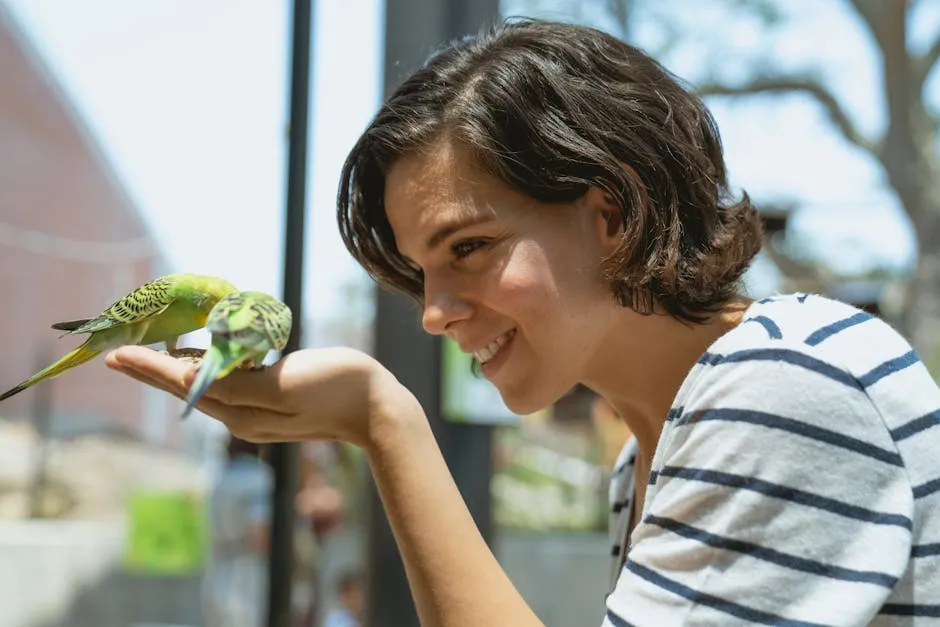
If you’re looking to attract more birds to your garden, consider planting Bird-Friendly Native Plant Seeds. They’ll provide essential habitats and food sources for your local feathered friends!
FAQs
Why do geese specifically fly in a V formation?
Geese are famous for their V formation, and it serves two main purposes: energy conservation and visual tracking. When flying in this formation, each bird benefits from the updraft created by the wings of the bird in front. This configuration allows them to reduce wind resistance, saving energy—up to 20-30% according to studies. Additionally, the V shape provides a clear line of sight for all the birds. This visual assurance is crucial during long migrations, as it helps them stay coordinated and maintain their formation. It’s a practical solution that maximizes their efficiency while ensuring they can keep an eye on each other.
Do all birds migrate in V formation?
Not all birds migrate in a V formation. While large birds like geese, swans, and pelicans frequently adopt this style, smaller birds, such as sparrows and hummingbirds, typically do not. These smaller species lack the size and strength to benefit from the aerodynamic advantages of flying in formation. Instead, they often migrate alone or in loose flocks. The choice of formation often depends on the bird’s size, species, and specific migratory needs.
How is the leader of the V formation chosen?
Leadership in a V formation is dynamic and shared among the flock. The lead bird flies at the front until it becomes tired, at which point it drops back and another bird takes its place. This rotation helps conserve energy for the entire group. Factors influencing who leads include stamina, positioning, and the need for fresh airflow. This system ensures that no single bird bears the burden for too long, allowing the flock to travel efficiently over long distances.
What are the energy savings from flying in V formation compared to flying alone?
Research indicates that birds flying in a V formation can save between 20-30% of their energy compared to solo flight. A pivotal study from 1970 revealed that when a flock of 25 birds flies together, they can extend their range by up to 71%. This energy conservation is vital for migratory birds, as it allows them to travel longer distances without needing frequent rest stops.
Can humans learn anything from birds flying in formation?
Absolutely! Birds flying in formation teach us invaluable lessons about leadership and teamwork. The practice of rotating leaders highlights the importance of sharing responsibilities within a group. This principle can be applied in various contexts, from work environments to community projects. Furthermore, their ability to maintain effective communication while adapting to changing conditions serves as a reminder of the power of collaboration. By observing these avian behaviors, we can foster a more cooperative and efficient approach in our own endeavors.
Understanding why birds fly in a V formation can enhance our appreciation of their migratory behaviors. Why do birds fly in a V formation
If you’re a bird enthusiast, don’t forget to grab a Birdwatching Travel Guide for tips on where to find your favorite species!
Please let us know what you think about our content by leaving a comment down below!
Thank you for reading till here 🙂
All images from Pexels




